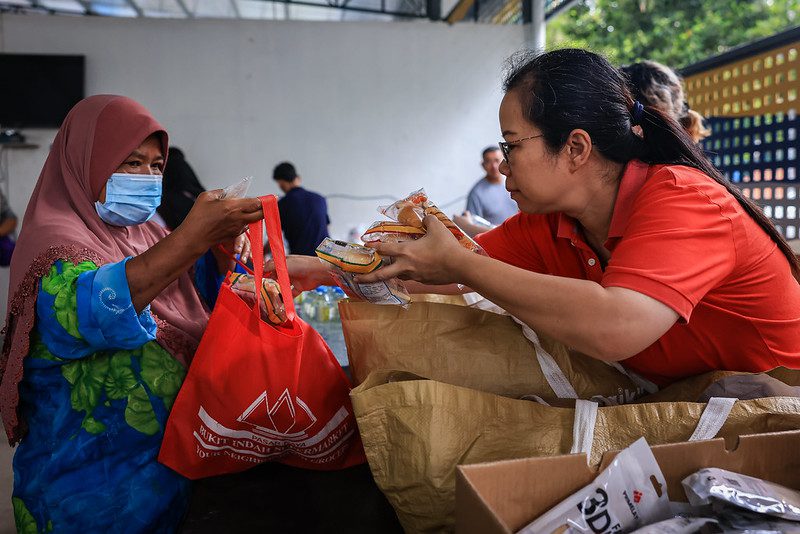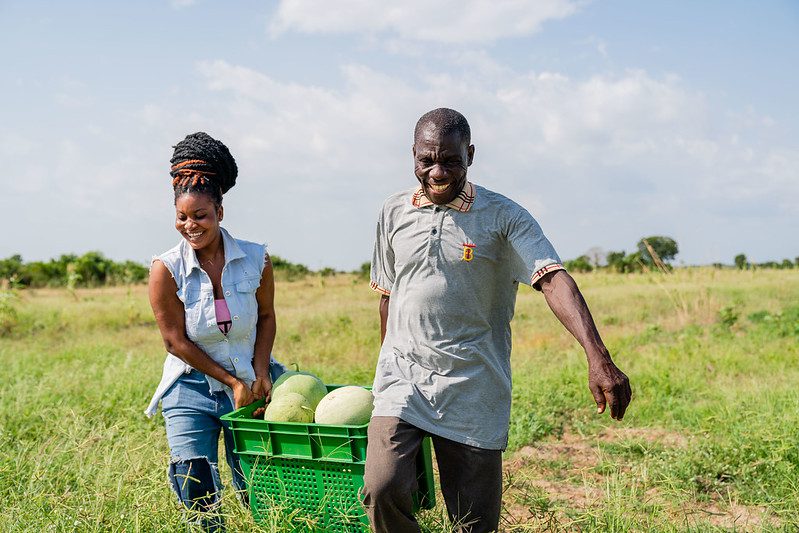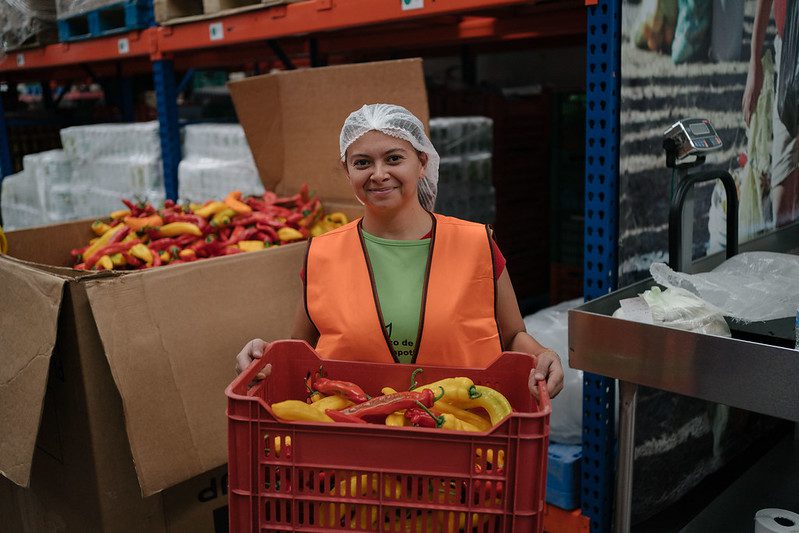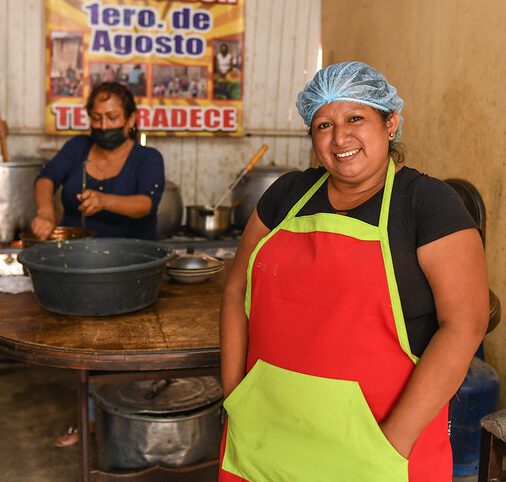Data from 54 members of The Global FoodBanking Network in 45 countries found that global demand for food relief remained high in 2023, with food banks responding by providing food and grocery products to 40 million people, nearly 10 million more people than in 2022.
Despite expectations that demand for food would decrease after the pandemic, food banks in the Network reached nearly the same number of people as they did in the early days of the COVID-19 pandemic in 2020.
The increased expansion of service is largely driven by the high level of demand from conflict and disasters: In all countries where GFN works, there was at least one natural disaster, and 71 percent of countries experienced civil unrest.
In 2023, food banks increased distribution by an average of 25 percent, delivering about 654 million kilograms of food and grocery products, or the equivalent of 1.7 billion meals. Much of the expansion was from food banks in emerging and developing economy countries, where hunger rates tend to be higher. These countries accounted for almost 60 percent of total Network food distribution by volume in 2023.
The data presented is collected through GFN’s Network Activity Report and represents food bank member activity from calendar year 2023.

Lisa Moon, CEO & President
The Global FoodBanking Network

In Kuala Lumpur, Malaysia, Community members receive a food package during Kechara Soup Kitchen's weekly distribution. The package contains prepared hot meals, beverages, fruit, and baked goods. (Photo: GFN/Annice Lyn)(Photo: GFN/Annice Lyn)

In Ada-West, Accra, Ghana, Leticia Ayiku-Petsi helps Ezekiel Agbovie carry part of his watermelon harvest that will be donated to Food for All Africa. (Photo: GFN/Julius Ogundiran)

In Zapotlanejo, Jalisco, Mexico, Alejandra Gamiño Vicencio, a volunteer at Bancos de Alimentos de México Zapotlanejo, organizes fresh produce in the warehouse. (Photo: GFN/Luis Antonio Rojas)

In Lima, Peru, a cook at La Merced Soup Kitchen prepares hot meals for community members in San Juan de Lurigancho. The organization receives food from Banco de Alimentos Perú and distributes meals every day to people experiencing food insecurity. (Photo: GFN/Nicolas Villaume)
Local leaders, partners, and volunteers ensure that a community’s unique needs and cultural contexts are at the heart of food bank operations.
In 2023, members worked with 76,000 local organizations, including pantries, kitchens, and shelters, and were supported by more than 300,000 community volunteers — who donated 3.5 million hours in labor and skill-based services, making the work of food banks possible.
Doug O’Brien
Vice President of Programs
The Global FoodBanking Network